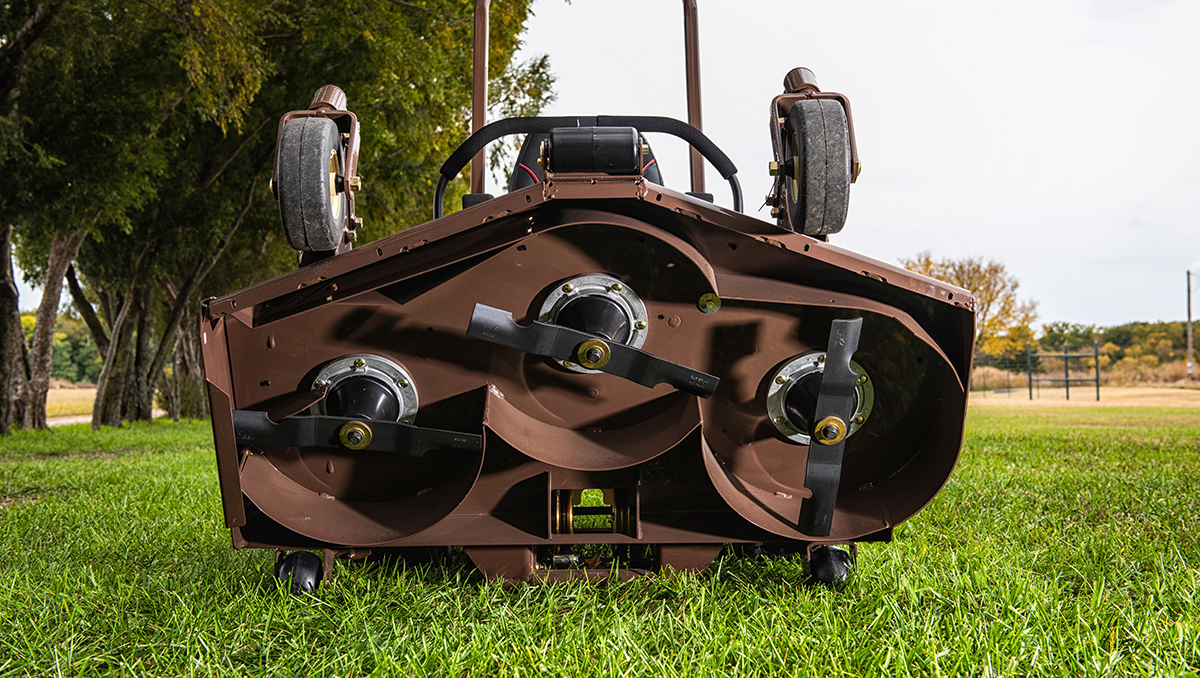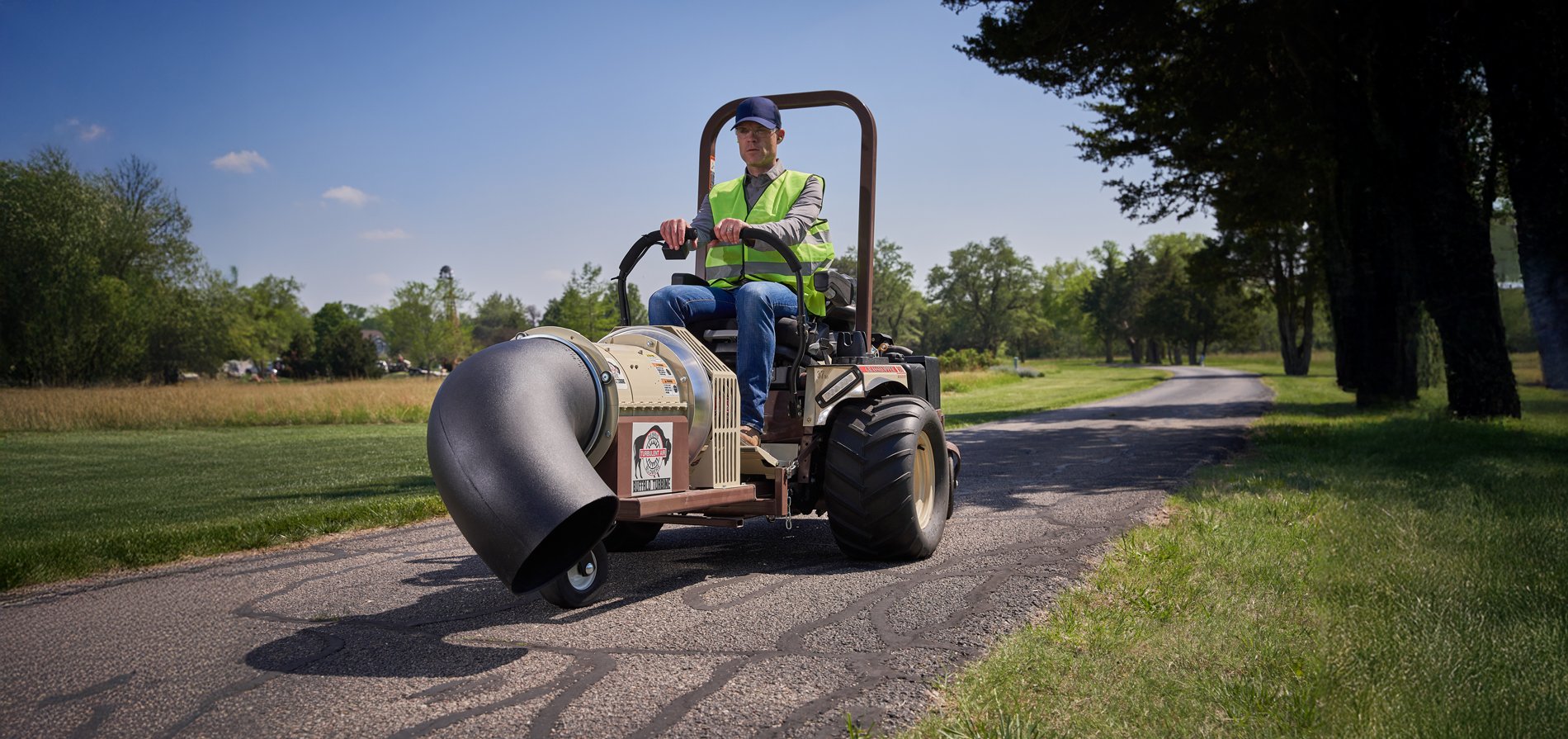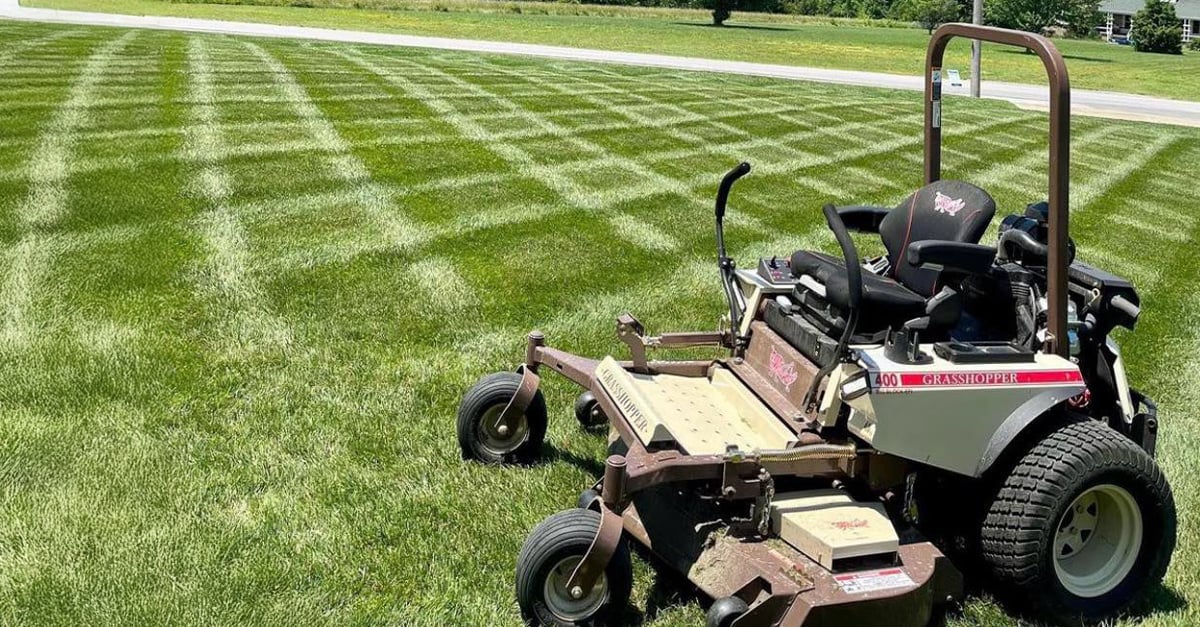This is Part V of our Lawn Care Tip of the Month blog series.
We're well into mowing season, folks. Of course, you already know that, based on the pictures we're seeing on the official Grasshopper Instagram and Facebook feeds. Here are some of our favorites so far this season.
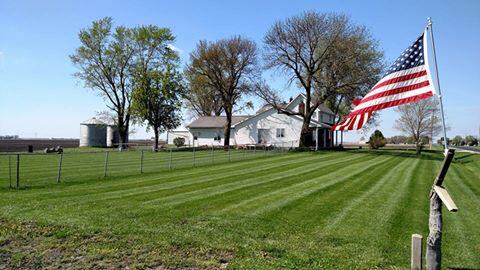
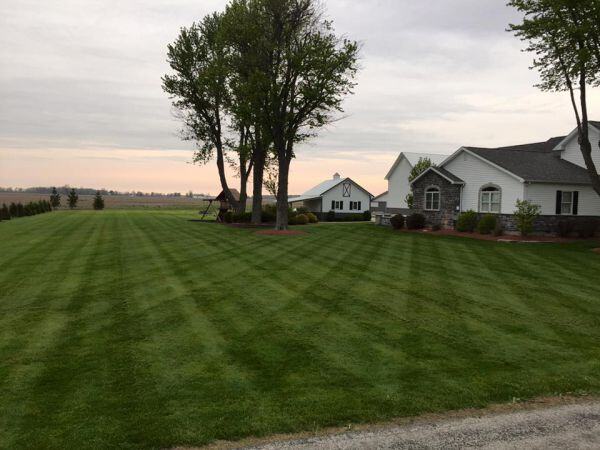
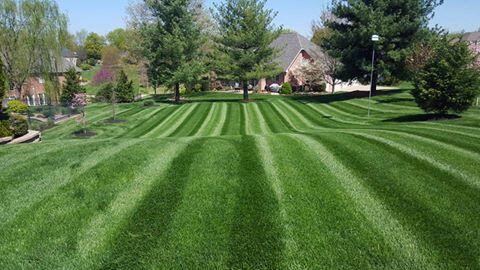
A common thread in that steady stream of photos is the variety of mowing patterns. Some prefer straight lines, others the hashing/diamond/criss-cross approach, still others like circles, waves and more difficult and striking patterns.
Regardless of which approach you choose, knowing the basics of mowing patters and lawn striping techniques will help you lay down lines that are sure to get noticed.
Light Side vs. Dark Side
Lawn striping is all about light, and the reflection of light, more specifically. As you mow, you bend the grass in the direction of your movement. So, when you look at a mowing pass going away from you, you see a "lighter" stripe because sunlight is reflecting off of the blades of grass. When the pass is coming toward you, you see a "darker" stripe due to the shadows under the blades.
Armed with that knowledge, you can make the most of your mowing patterns and the available light to create stunning visual effects in any lawn.
It's worth noting that the most dramatic lawn stripes and mowing patterns will appear in more flexible grass varieties, namely tall fescues and bluegrasses. That's because these grasses are mowed at a taller height and the blades bend more easily than warm-season grasses like bermuda and zoysia. For more information on proper mowing heights, check out Part IV of this Lawn Care Tip of the Month series from April 2016.
Mowing Patterns "How-To"
So, how do you mow patterns in your lawn? It can be as simple or as complex as you want it to be.
For basic back-and-forth stripes, begin by mowing a perimeter (two mower widths should be enough) to allow room for turning at the end of each pass. Choose a path, either along a driveway or sidewalk, and mow along it for your first pass, then turn around and mow your second pass following the cutting line of your first pass. Overlap a few inches on each pass so you don't leave any uncut strips.
Lawn stripes are best achieved with a zero-turn mower. These mowers can make maneuvers that ordinary lawn and garden tractors cannot, saving you valuable time and making the lines more crisp and clean.
Keep your lines straight by fixing your eyes on a tree, fence post, shrub or other landscape mark and move directly toward it as you mow. For more complex stripe patterns, you can alternate your passes every time you mow to create criss-cross or diamond shapes, or mow around a mulch bed or other curving landscape feature to create more intricate lines.
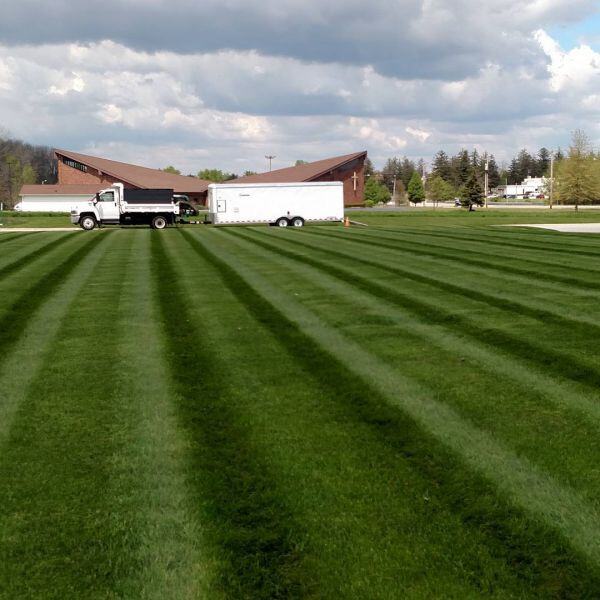
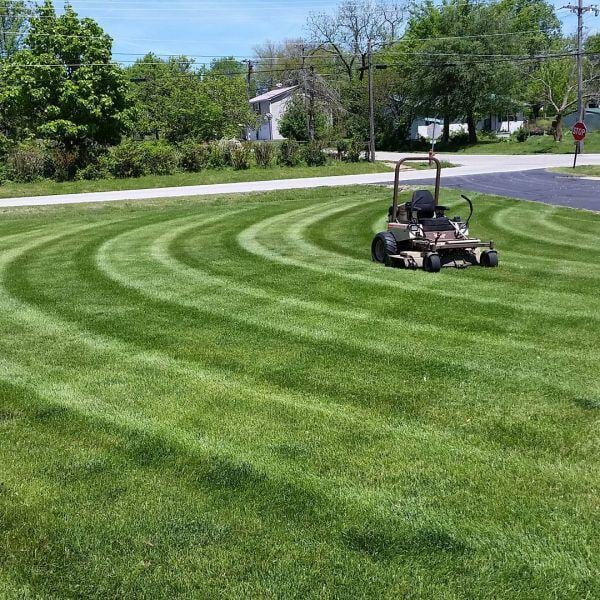
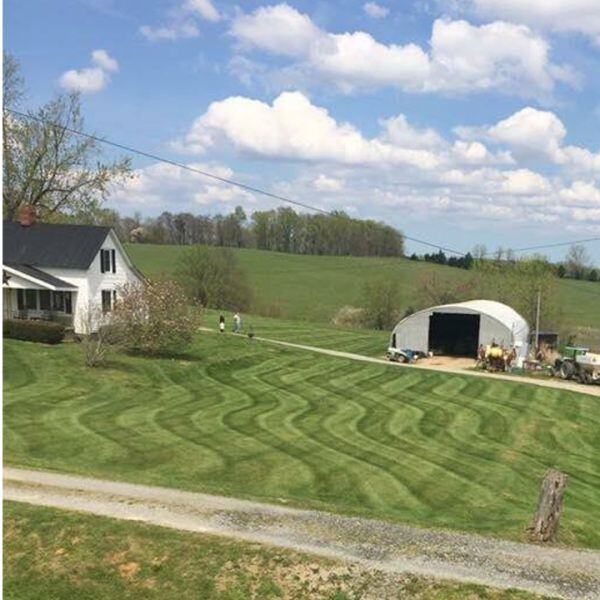
For a more detailed guide on lawn striping and mowing patterns, you can read this post we published back in June 2014: Lawn Striping Tips: Mowing Patterns and Equipment. For more DIY Lawn Care tips, check out this excellent article from iGardenPlanting on how to grow and maintain a healthy lawn.
